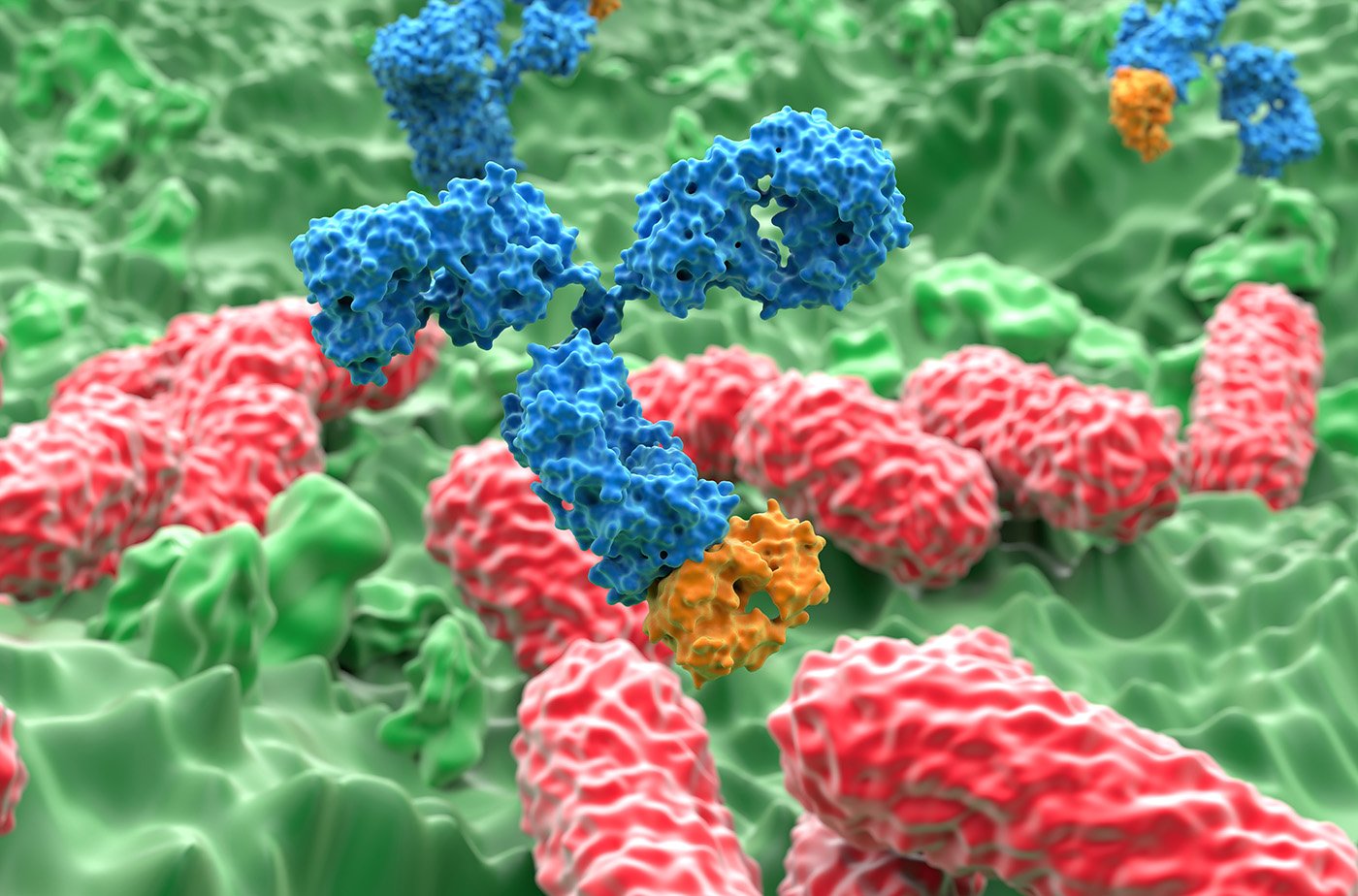For decades, the story of Alzheimer’s research has been dominated by a battle between amyloid-beta and tau amyloids, both of which can kill neurons and impact the brain’s ability to function. A new study by Johns Hopkins University researchers now suggests that these sticky brain plaques may not be operating alone.
The investigators used a structural proteomic technology known as limited proteolysis mass spectrometry (LiP-MS), which can distinguish subtle structural changes across many proteins in a complex mixture, to identify in rats more than 200 types of misfolded proteins that could be associated with age-related cognitive decline.
The team suggested that identification of proteins that have undergone cognition-associated structural changes (CASCs) could point toward identifying new therapeutic targets and treatments for human patients over 65 with Alzheimer’s disease, dementia, or other disorders that impact independence as they age.
“Amyloids are the buildup of misshapen proteins,” said research lead Stephen Fried, PhD, an assistant professor of chemistry and protein scientist who studies how molecules in the brain change during aging. “They’re big and ugly and easy to see under the microscope, so it makes sense that they catch our attention. But we’re seeing hundreds of proteins misfolding in ways that don’t clump together in an amyloid and yet still seem to impact how the brain functions. Our research is showing that amyloids are just the tip of the iceberg.”
Fried and colleagues reported on their findings in Science Advances, in a paper titled “Proteins with cognition-associated structural changes in a rat model of aging exhibit reduced refolding capacity.”
Cognitive decline during aging represents what the authors describe as “a major societal burden” that causes both personal and economic hardship in an increasingly aging population. To understand the molecular differences between older brains that are mentally sharp and those that are experiencing decline, Fried and his team studied 17 two-year-old rats that grew up in the same colony. Seven rats performed poorly on memory and problem-solving tests and were considered cognitively impaired, while 10 performed as well as six-month-old rats.
![Graphic rendition of a proteasome, which breaks down misfolded and damaged proteins inside a cell. [Fried Lab, Johns Hopkins University]](https://www.genengnews.com/wp-content/uploads/2025/07/low-res-300x196.jpeg)
The researchers measured more than 2,500 types of protein in the hippocampus, the part of the brain associated with spatial learning and memory. “… we used limited proteolysis mass spectrometry, a structural proteomic method, to globally interrogate protein conformational changes in a rat model of cognitive aging,” they explained. “Specifically, we compared soluble hippocampal proteins from aged rats with preserved cognition to those from aged rats with impaired cognition,” they reported.
Using this technique the scientists were, for the first time, able to determine for a large number of proteins whether individual proteins were misshapen or folded incorrectly, allowing them to work out which proteins misfold for all the rats and are associated with aging in general, versus which proteins specifically misfold in cognitively impaired rats. “Many studies have found that the proteostasis network, which functions to keep proteins properly folded, is impaired with age, suggesting that there may be many proteins that incur structural alterations with age,” they noted.
The team’s study showed that more than 200 proteins were misfolded in the cognitively impaired rats, yet maintained their shapes in the cognitively healthy rats. The findings suggest that some of those proteins are contributing to cognitive decline, the researchers said. “A number of these proteins have been implicated in memory, aging, and synaptic health, whereas many others represent previously unexplored targets for further study or therapeutics,” they further pointed out. “Perhaps most notably, we find that CASC proteins are generally nonrefoldable; that is, they often are unable to spontaneously return to their native conformations following global denaturation.”
Misfolded proteins are unable to carry out tasks necessary for a cell to function properly, so cells have a natural surveillance system that identifies and destroys these misbehaving proteins. Previously, researchers thought misfolded proteins—specifically A-beta and tau proteins—were only disruptive when they clumped into amyloids.
“Research in aging, dementia, and neurodegenerative disease has long made a connection between these disease processes and protein misfolding; however, emphasis has historically been paid to proteins that form amyloids or other insoluble aggregates,” the scientists stated. The newly reported study, they commented, “suggests that there may be previously unidentified avenues for potential therapeutic targets and diagnostic biomarkers for cognitive decline than the small subset of amyloid-forming proteins frequently studied.”
Fried added, “We think there are a lot of proteins that can be misfolded, not form amyloids, and still be problematic. And that suggests these misfolded proteins have ways of escaping this surveillance system in the cell.”
But exactly how those misfolded proteins slip past a cell’s security system remains a mystery. Next, the team plans to look at misfolded proteins under high-resolution microscopes to get a more detailed picture of what their deformities look like at the molecular level. “A lot of us have experienced a loved one or a relative who has become less capable of doing those everyday tasks that require cognitive abilities,” Fried said. “Understanding what’s physically going on in the brain could lead to better treatments and preventive measures.”
In their paper the team concluded, “To summarize, we have found that structural proteomics is an emerging ‘omics’ method that is particularly relevant for dissecting the features associated with progressive age-related cognition loss … Further mechanistic and structural studies on specific CASC proteins could promote some of the proteins disclosed here to be considered therapeutic targets or early disease biomarkers.”
The post Many More Misfolded Proteins May Contribute to Alzheimer’s and Dementia than Previously Identified appeared first on GEN – Genetic Engineering and Biotechnology News.



